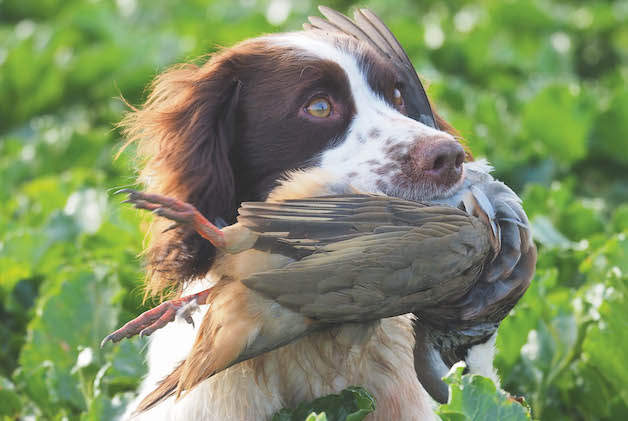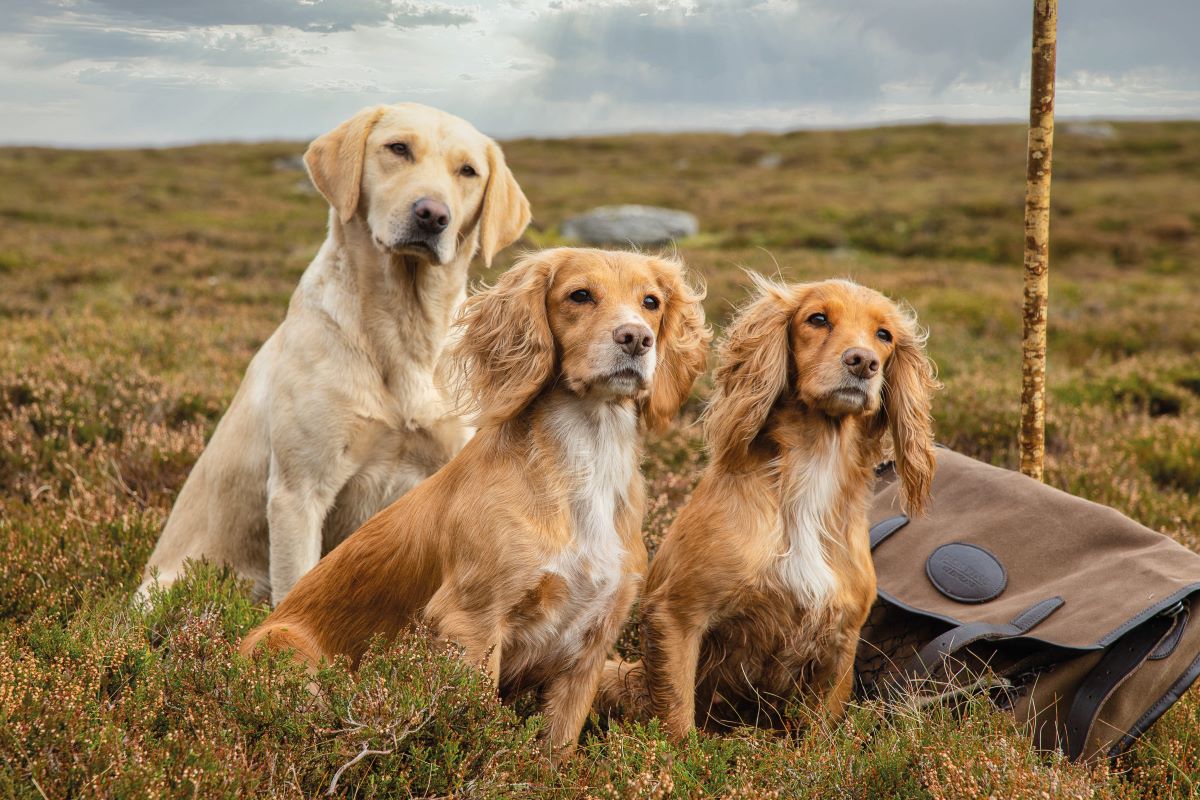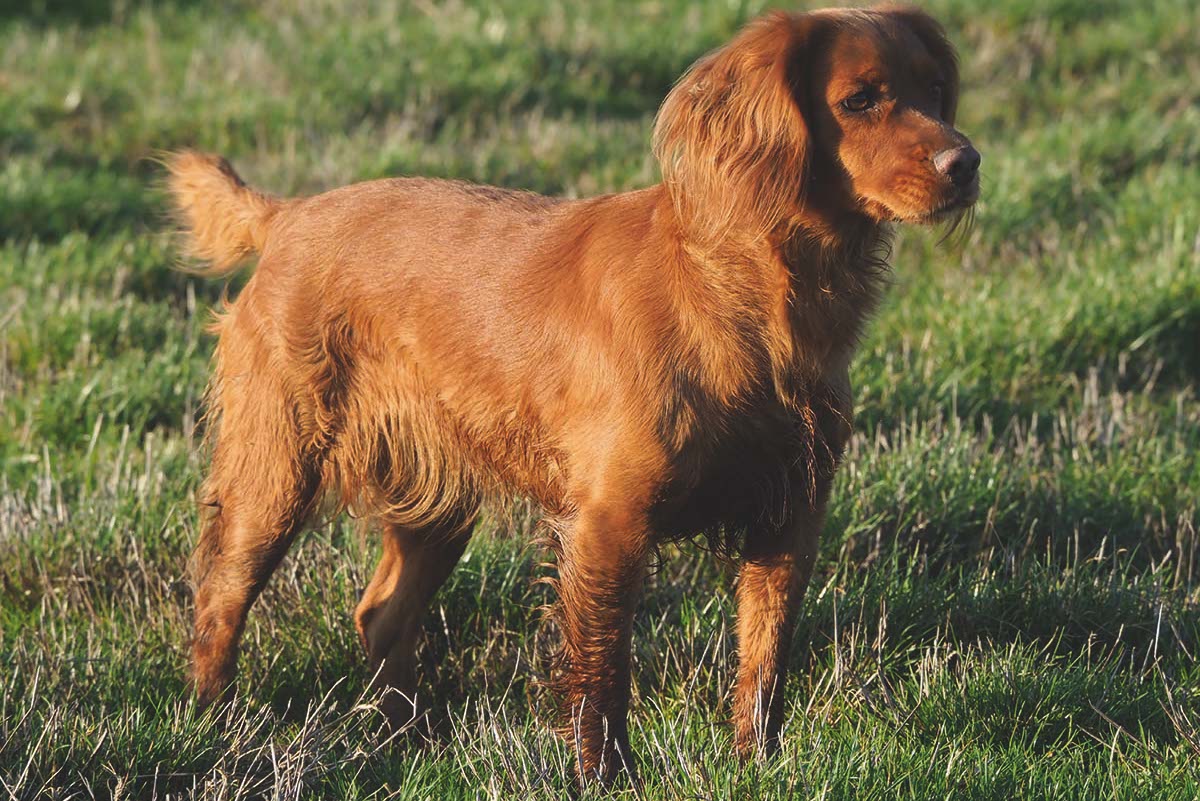Is it time for super spaniels?
Selective breeding is leading to a growing number of genetic faults in cockers and springers. David Tomlinson considers a radical solution

The English Springer was first recognised as a breed in 1902
Breeds of spaniel
There is a dangerously common misconception among many dog enthusiasts, assuming that a breed is similar to a species. It’s not. Species have evolved naturally over hundreds of thousands of years, but breeds are man-made creations produced by highly selective breeding and few are much more than 100 years old.

The cocker is one of seven different breeds of spaniel that are recognised in the UK today
Spaniels came in a variety of shapes, sizes and colours in the 19th century. It wasn’t until 1892 that the cocker was recognised by the Kennel Club as a breed in its own right, while it took another 10 years for the English springer spaniel to gain similar recognition. Today, we recognise seven different breeds of spaniel in the UK, five of which — cocker, springer, Welsh springer, Sussex and field — share common ancestry. The Clumber and Irish water spaniel are genetically quite different.
They were separated into different breeds because, in Victorian times, breeders were refining what they wanted when it came to size, looks, colour and even style of hunting. Line breeding — father to daughter, even brother to sister — enabled types to be established, with the progeny usually breeding true to type.
The result of this was the breeds of spaniel we know and work today, but the downside has been a huge loss of genetic diversity. Now, there’s a growing awareness of the perils of selective breeding.

The English Springer was first recognised as a breed in 1902
Generation game
Here’s a simplified version of where we are now. Assume that in 1902, the springer spaniel population started with 100 healthy dogs. All the genes those dogs possessed were there for a reason. Those 100 dogs then became a closed gene pool from which we started breeding.
With every generation, only the ‘best’ dogs were bred from. Some of the genetic variation present in the first-generation dogs was lost simply by the removal of so many non-breeding dogs from the gene pool. This became more pronounced with each generation. A few genes were lost with every generation and every gene lost weakens the individual dog’s genetic strength, possibly making it less resistant to a certain disease or perhaps more prone to hip problems.
After 50 generations or 120 years of closed breeding, much of the original genetic variation in the English springer has been lost for good. According to the Institute of Canine Biology: “We started with healthy dogs; we threw out genes, and now we have unhealthy dogs. We will never solve this problem by throwing out more genes trying to get rid of mutations. The problem is that we don’t have a copy of the normal gene. We can’t breed away from problems if the normal gene we need isn’t there.”
Thanks to the Kennel Club, we have a handy tool to discover how inbred pedigree dogs are — the COI (coefficient of inbreeding). To find out the COI of a registered dog, go to the Kennel Club website and look up the COI calculator. Type in the dog’s registered name and you get the COI.
This calculates the probability that two copies of a gene variant have been inherited from an ancestor common to both the mother and the father. The lower the degree of inbreeding, the lower the COI. The ideal COI is 0%, while anything above 10% suggests a breed in trouble. The average for English springers is 10.8%, for cockers 10.7%. It’s even worse for rare-breed spaniels. The Sussex is 20.3%, the field 18.1% and the Welsh springer 12.4%.
The COI is an indicator and it doesn’t necessarily mean that a dog with a high COI is an unhealthy one. If you want to learn more, look at ‘A beginner’s guide to COI’ on the excellent dogbreedhealth.com website. A telling piece of information in the guide is that “farmers, who used to breed livestock in much the same way as we still breed dogs, have now changed the way that they breed their animals… much of the meat we eat, milk we drink and eggs we boil are from crossbreeds. That’s because the yield is likely to be more/healthier/disease resistant than that from purebred stock.”
In the mix
You don’t have to be a professor in genetics to see the solution: all our spaniels could do with a serious influx of fresh blood. Should we consider producing a new breed of super spaniel, using a mixture of cockers and springers, perhaps even something completely different such as border collie to liven the mix? Such a mixture would be much more genetically diverse, though in reality it would only be a matter of turning the clock back 150 years.
There’s no reason why a super spaniel shouldn’t become a new breed itself, except the Kennel Club would be highly unlikely to recognise it and without that recognition, dogs can’t prove themselves by competing in field trials. It would take a complete change in mindset for the Kennel Club to consider breeding a super spaniel, but the growing incidence of genetic faults in springers and cockers is a reminder that radical action might be the only way to save these breeds.








